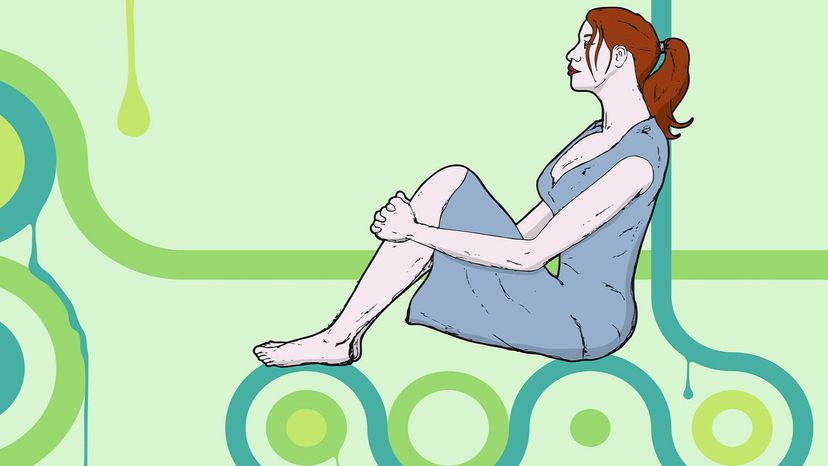
There was no label for Jayne Bigelson's unusual habit. For hours a day, she'd weave elaborate storied daydreams in her mind. When she was a child, she did it while walking in circles and shaking a string. When she got older, she learned how to do it standing still.
They were pleasant daydreams. She describes them like personal screenings of sitcoms in which she played a starring role. Stories about joining the "Brady Bunch" on a family vacation or hanging out with members of "General Hospital." But they had become all consuming.
Advertisement
"At the end of the day, it's kind of like alcohol. A lot of people can drink wine and think it's great. There's nothing wrong with daydreaming in this fashion, either. But for some people, it takes over," she says during an interview. "With me it was all day, every day."
The frustrating part was that no one believed her. Her parents and therapists told her there was no such thing as excessive daydreaming, and she should embrace this "special talent."
Eventually, Bigelson was prescribed the antidepressant fluvoxamine, a selective serotonin reuptake inhibitor (SSRI) known to help with obsessive compulsive disorder (OCD). The immersive daydreams eventually stopped and Bigelson moved on.
But 15 years later, the Harvard Law School graduate began to wonder again whether anyone else suffered from obsessive daydreaming. That was the early 2000s, and the internet was becoming a treasure trove of information. Google eventually led her to Eli Somer, Ph.D.'s 2002 paper, "Maladaptive Daydreaming: A Qualitative Inquiry." Finally, she had validation that her symptoms were real, and proof she wasn't alone.
Advertisement



